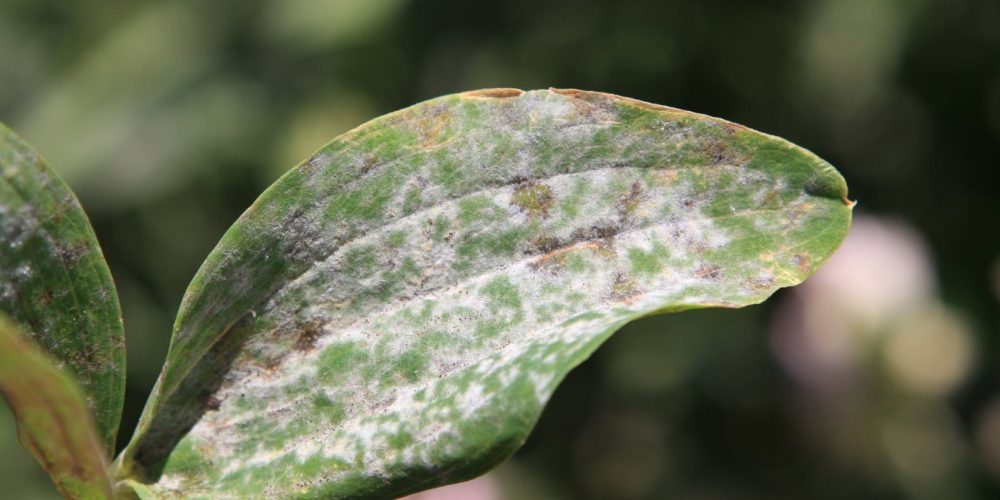Table of contents of the article
TogglePea powdery mildew is a fungal disease that infects pea plants, causing a white coating on the leaves that weakens the plant. In this article on your site, WORLD OF PLANTS, we will discuss how to prevent and treat.
Symptoms of powdery mildew on peas
Name of the diseasePowdery mildew
Scientific name: Erysiphe pisi
Type: innate
Disease family: Erysiphaceae
Symptoms first begin to appear on the surfaces of the stems and lower leaves of the plant in the form of small white spots from fungal growths and spores. These spots can be easily wiped off by hand. The infection spreads quickly to cover a large part of the plant (stems, leaves, stems, pods). The tissue under the affected areas can turn purple. Injury may result Early During the season, plants cause poor growth and stunting, and a decrease in seed production and poor quality. The seeds can also take on a brownish-gray color if the pods are severely infested.
Causes of powdery mildew on peas
Fungus spores remain inside leaf buds and plant debris that can be damaged by wind and water And insects Transferring spores to nearby plants. Although the Powdery mildew A fungus, but it can grow well in dry climates. The fungus can survive at temperatures between 10 and 12 C, but the optimal temperature is 30 C. In contrast to downy mildew, small amounts of rain or regular morning dew can accelerate the spread of powdery mildew.
Suitable conditions for the spread of powdery mildew on peas
A high humidity of 80% and a temperature of 25°C are suitable conditions for infection to occur.
Powdery mildew development cycle on peas
Primary infection occurs via spores formed on crop residue. Infected seeds are not believed to play a role in the initial infection. While the disease spreads during the season through conidial spores that are spread by the wind. This disease is suitable for warm weather (15 - 25 C), dry during the day, and cool at night, with dew during the morning period, while the disease is not suitable for rainfall, which washes away the spores and limits the spread of the disease.
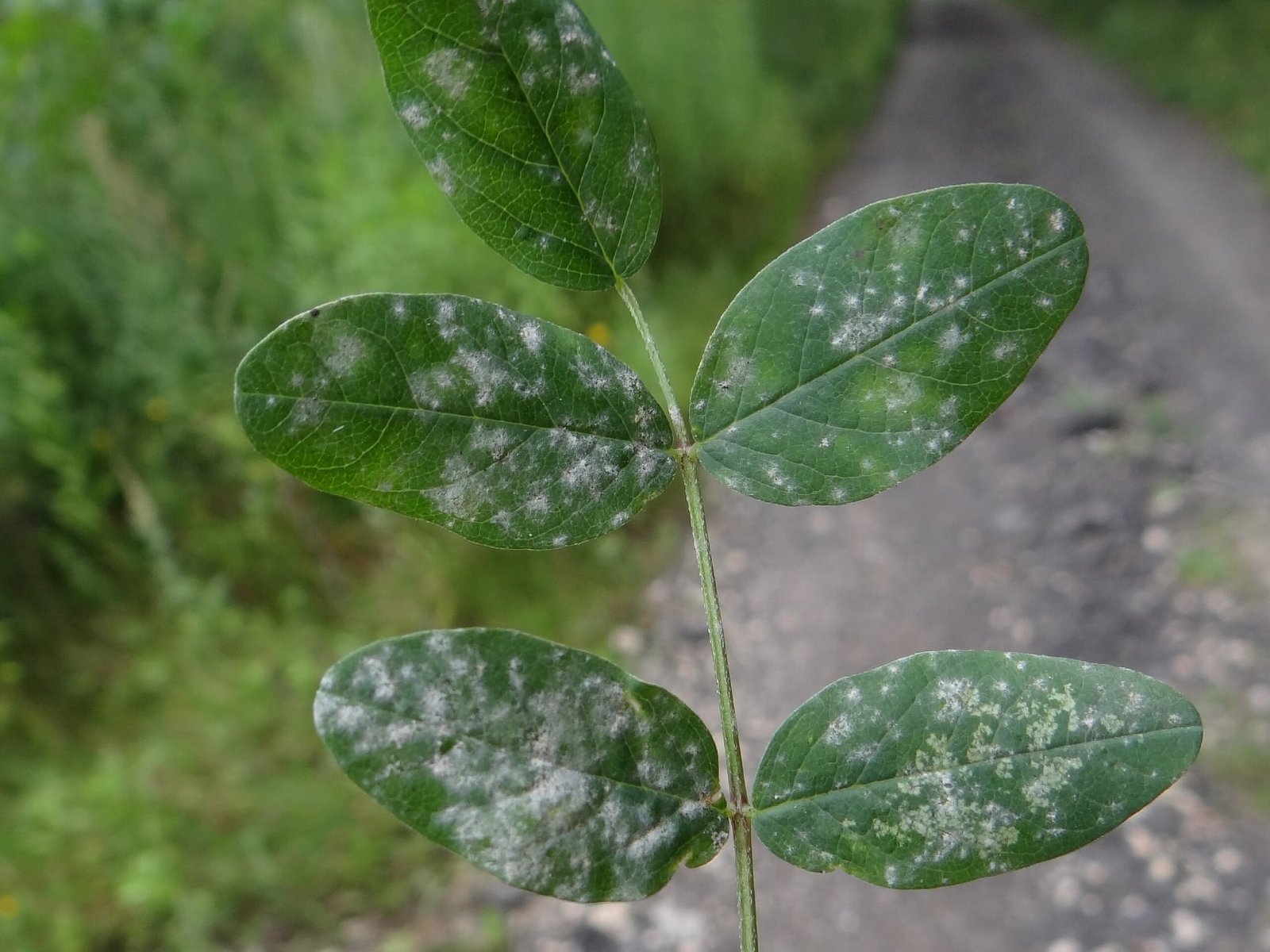
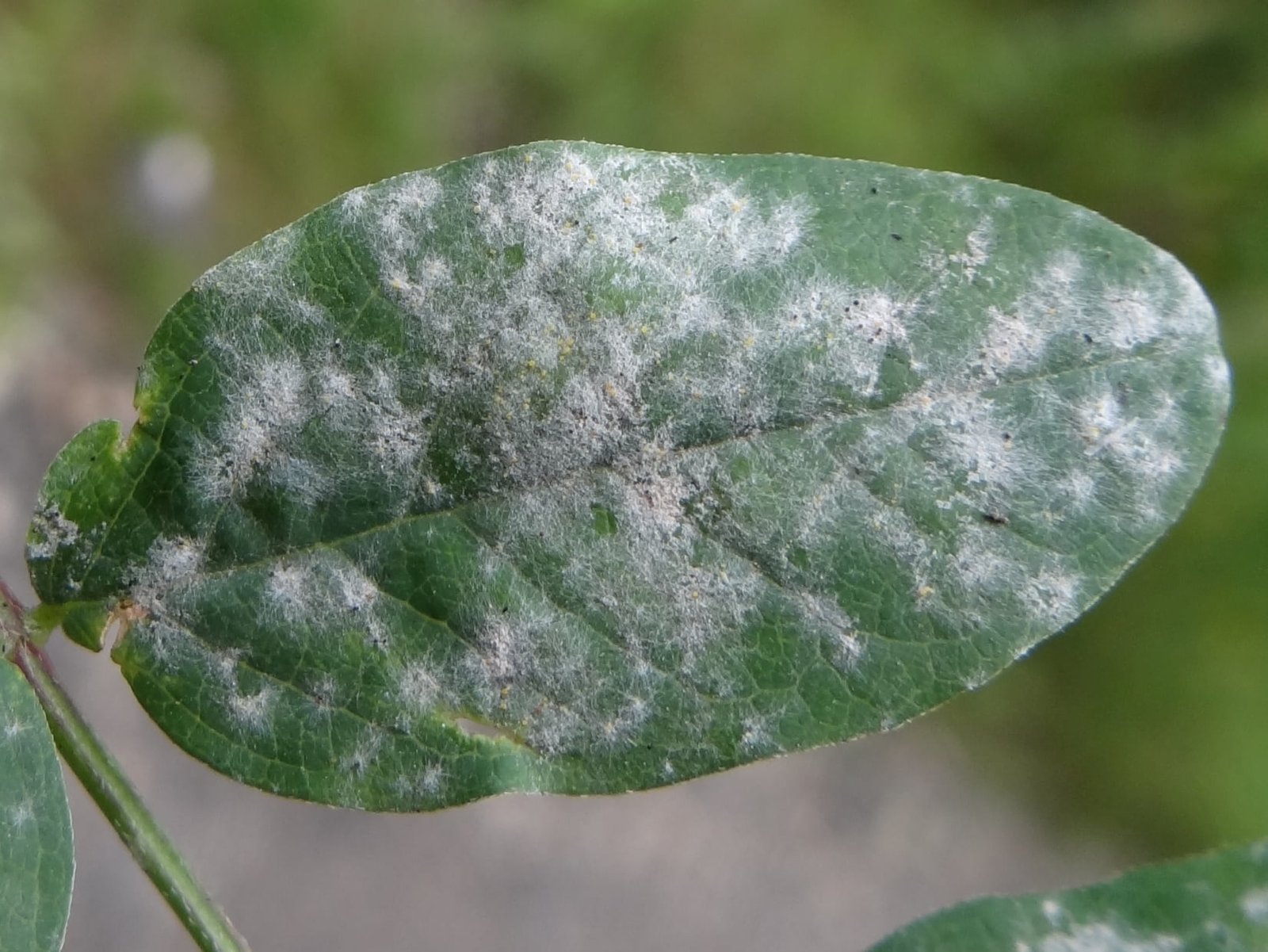
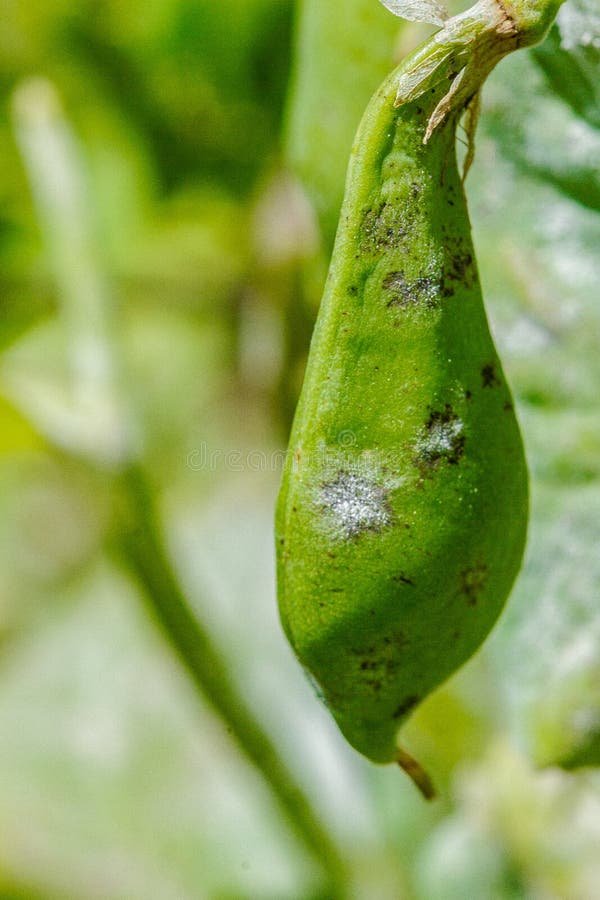
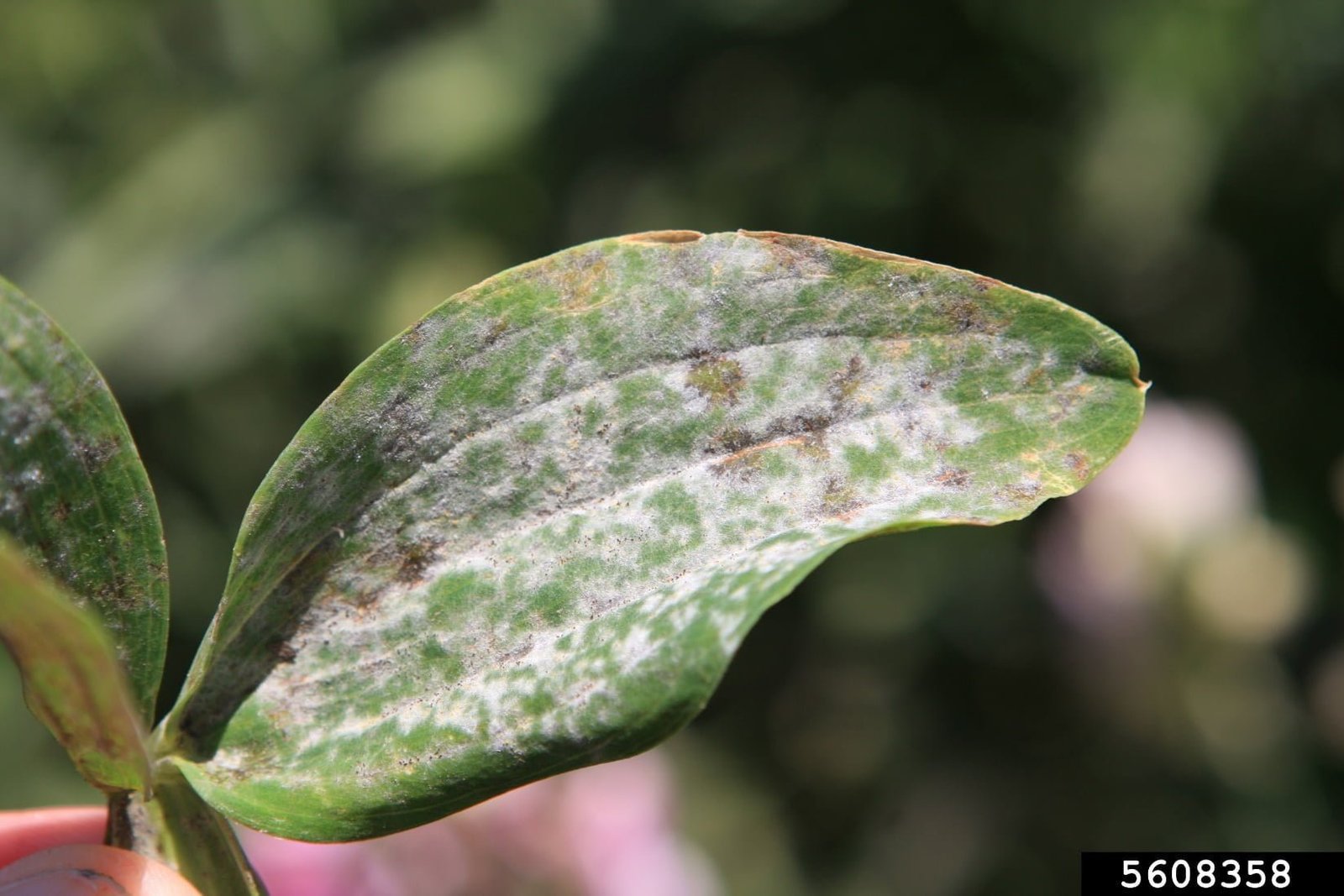
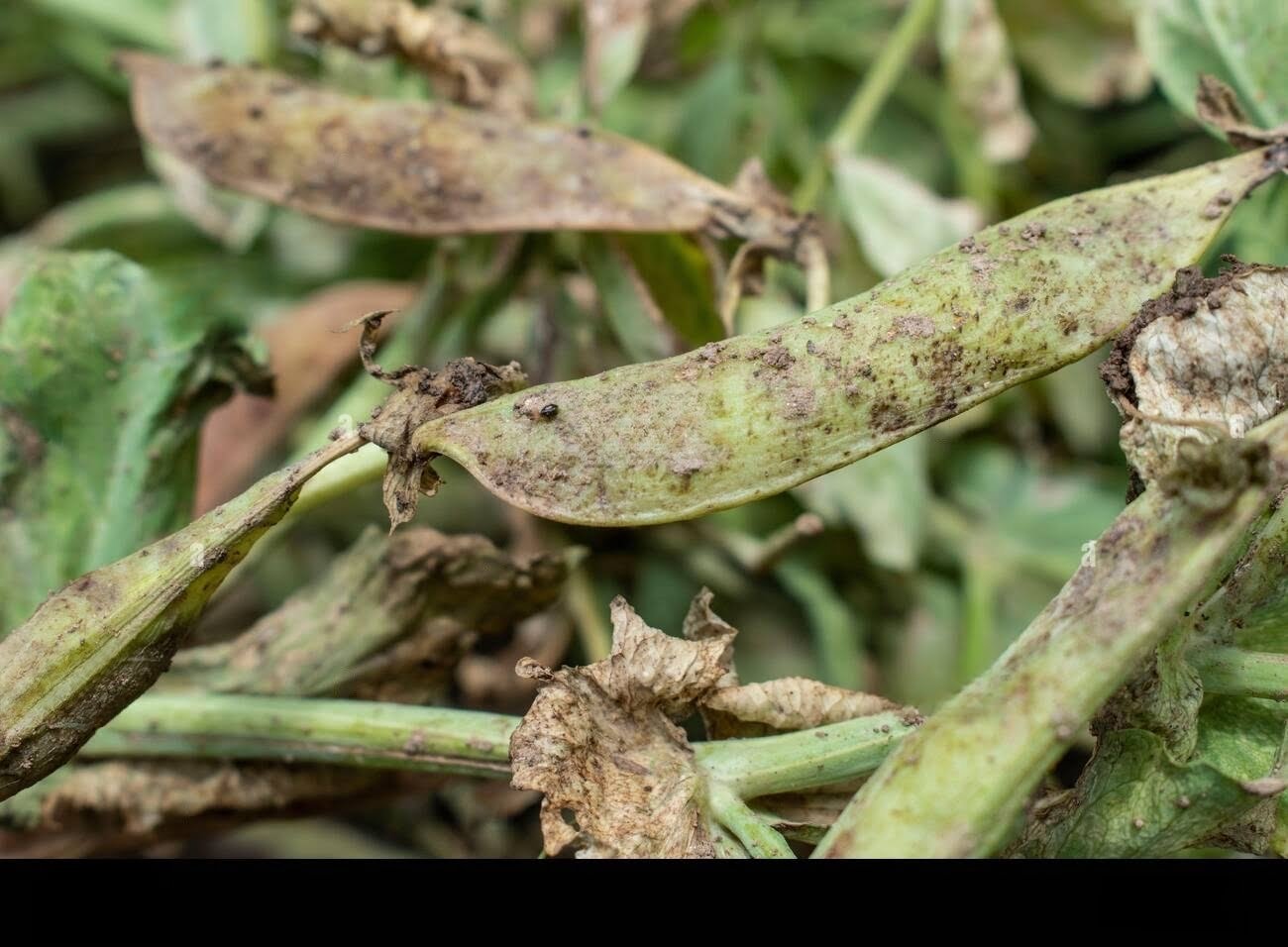
Losses of powdery mildew on peas
It is considered a disease Powdery mildew The most dangerous agricultural pest for plants, especially agricultural crops. It is a vital food fungus that infects approximately 10,000 species of angiosperms around the world. Powdery mildew takes its name from the form of its symptoms. If the affected crops and plants appear to have a pile of white flour on top of them, apple trees, oaks, roses, begonias, and strawberries are among the species most susceptible to powdery mildew.
Control strategy
- Mechanical control
- Physical control (tillage, sanitation, pruning, solarization)
- Fungicides
Preventive measures to prevent the occurrence of the disease
Plant resistant varieties, and spray plants when the initial symptoms of the disease appear with wettable sulfur, or with organic pesticides used to combat Powdery mildew On peas.
Chemical control recommendations
Spraying with pesticides containing active substances such as (triazole group, azoxystrobin, trifluoxystrobin, chlorothalonil, tridimenol, myclobutanil, micronized sulfur, carbendazim)
Anti-membership recommendations
Organic control methods For powdery mildew She also said that modern agricultural technology is one of the safest methods for treating plants. Because it is done using a dilute solution of hydrogen peroxide, which is the best solution compared to using chemical methods. It is used in certain ratios, let it be 1:9, and the largest number in this ratio is undoubtedly related to water. The farmer continues to spray this solution once every 7 days.
Severe infection can be prevented by spraying Leaves with sulfur-based solutions or oil Neem, kaolin or ascorbic acid.
In conclusion, we would like to note that we, at the world of plants website, offer you all the necessary services in the world of plants, we provide all farmers and those interested in plants with three main services::-
- Artificial intelligence consulting service to help you identify diseases that affect plants and how to deal with them.
- Blog about plants, plant diseases and care of various crops ... You are currently browsing one of her articles right now.
- An application that provides agricultural consultations to clients, as well as a service for imaging diseases and knowing their treatment for free – Click to download the Android version from Google Play Store، Click to download the IOS version from the Apple App Store.
References:
Powdery mildew on peas - almerja
Powdery mildew - plantix
Powdery mildew: its causes and how to avoid it - modernagritec
Pea powdery mildew - swewe




